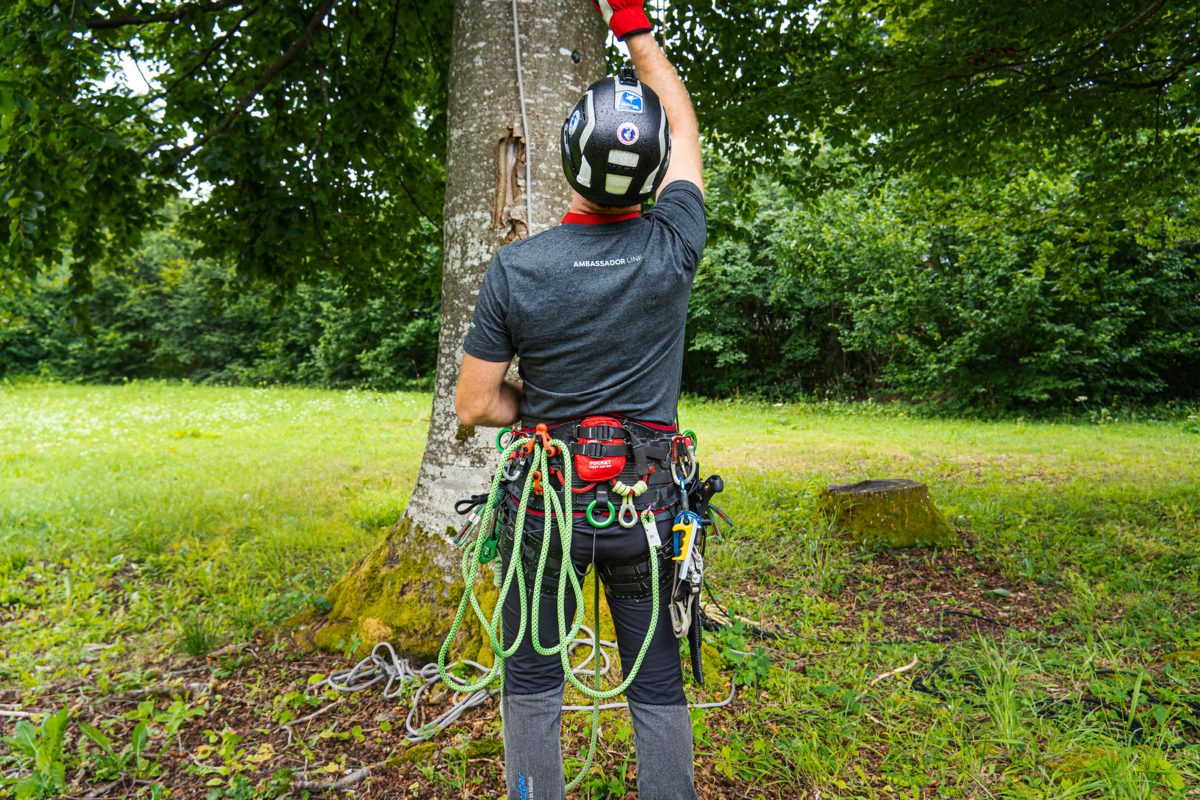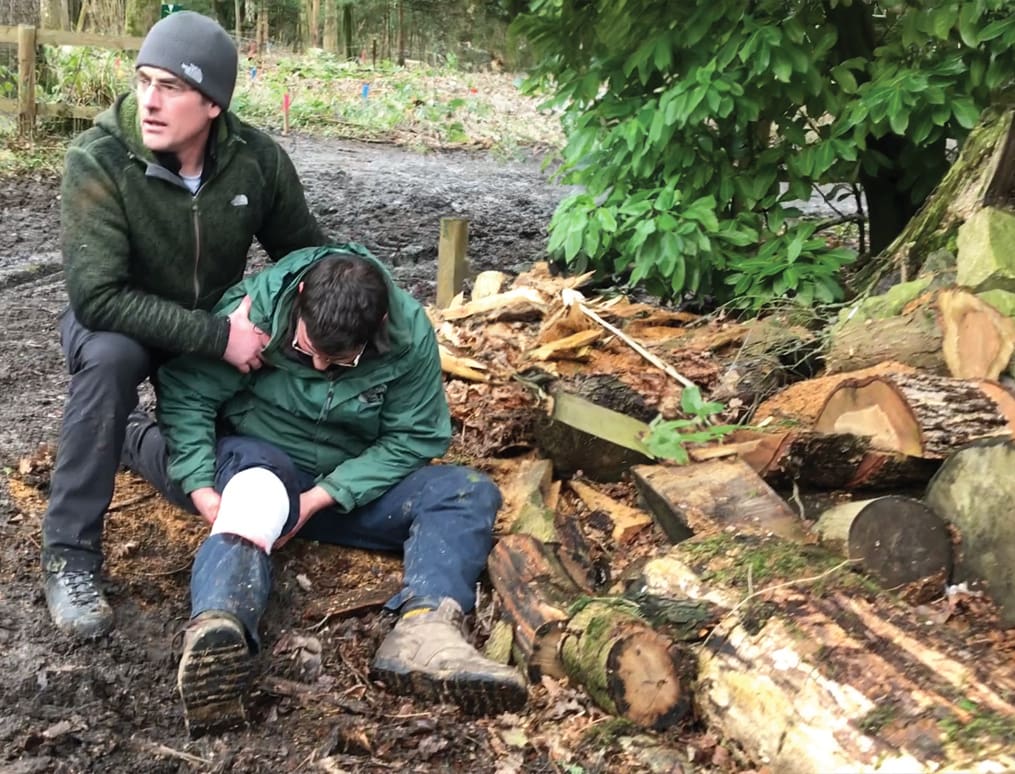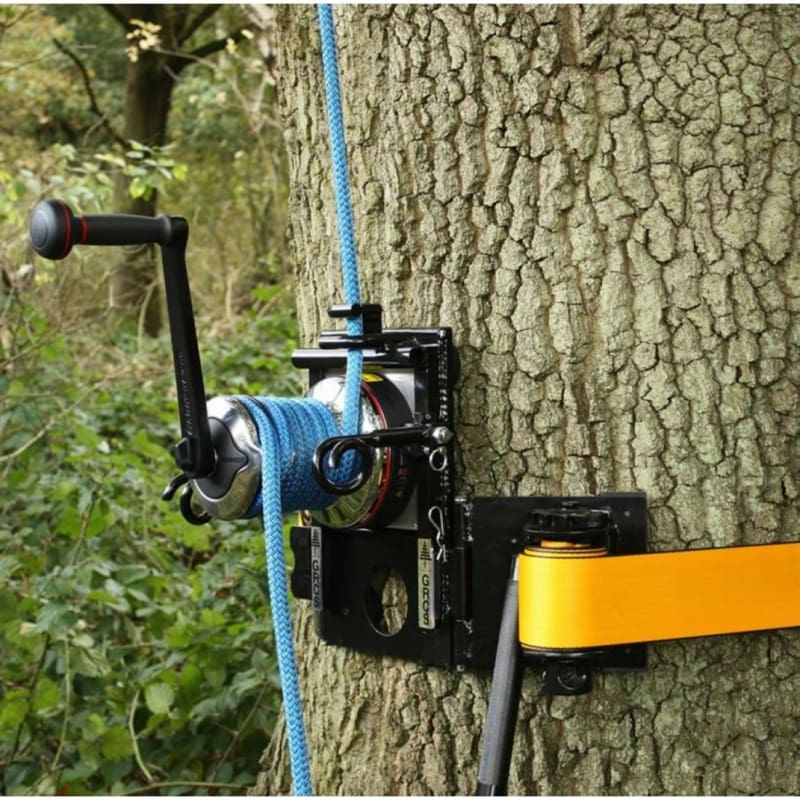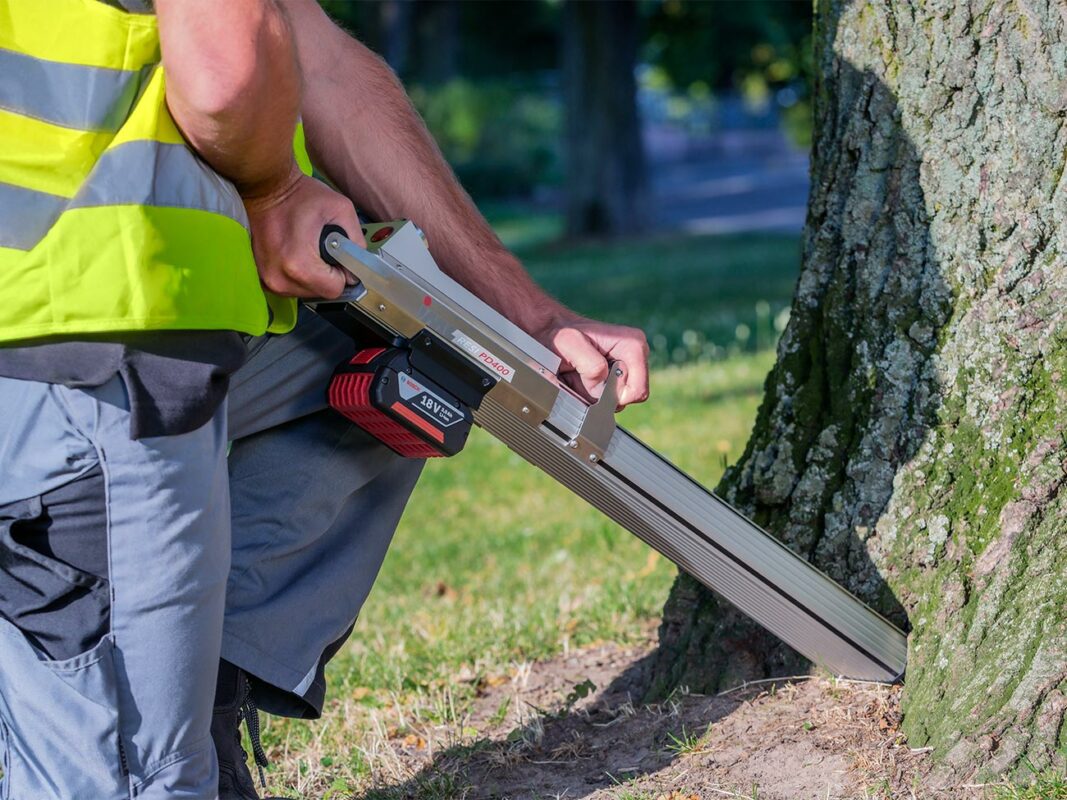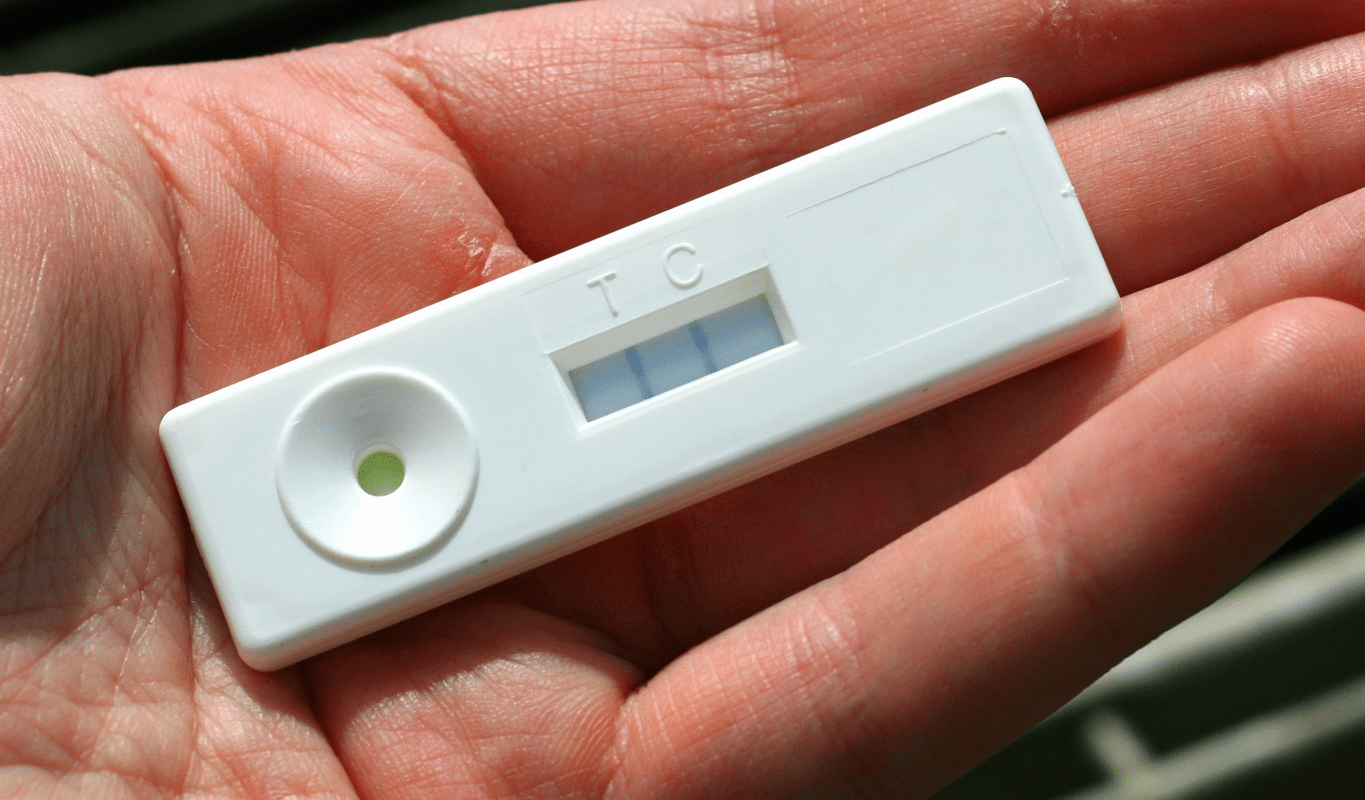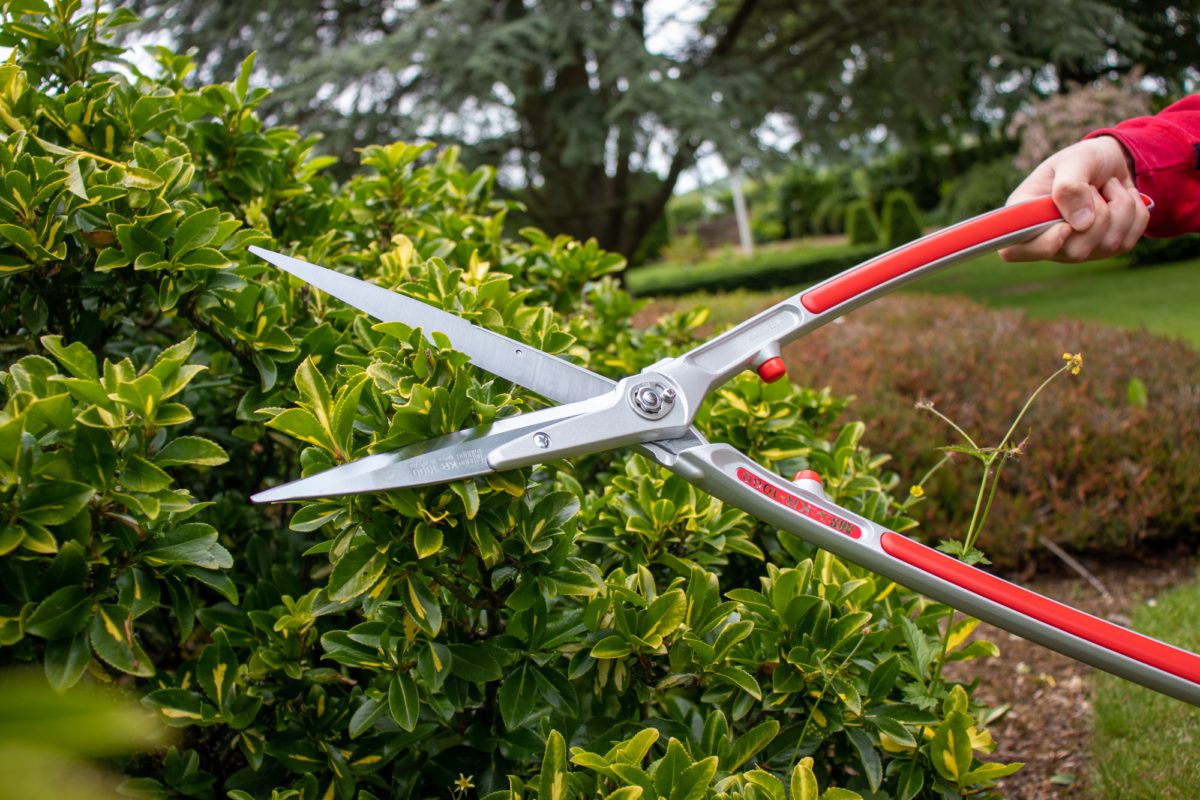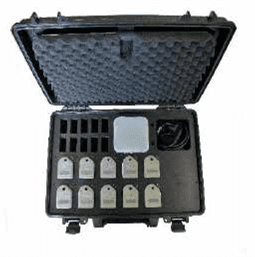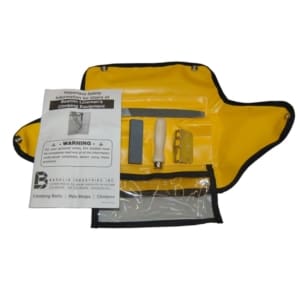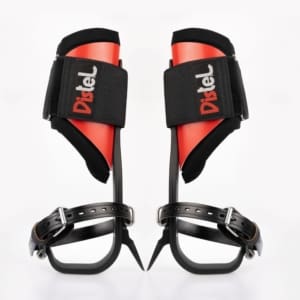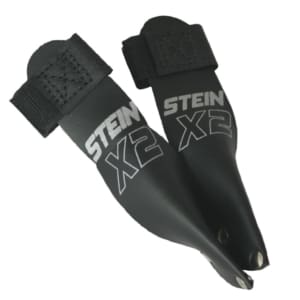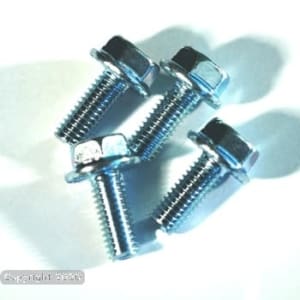Brand: IML
PiCUS TreeMotion Sensor System (10 Sensors)

The Wind-Reaction-Measurement with PiCUS TMS is used for in depth tree inspections to obtain information about a tree’s stability, defined by its root anchoring force in the ground.
Read more£7,230.00 (excl. VAT) £8,676.00 (incl. VAT)
Order now for delivery soon
Description
The Wind-Reaction-Measurement records the dynamic sway motion of a tree in naturally occurring wind, by measuring the root plate tilt.
Advantages:
The reaction of a tree is measured directly, including all environmental influences.
These include tree specific parameters (size, form of the crown etc.), wind strength and wind exposition (buildings and other trees in the vicinity).
In contrast to this the tree pulling test (Wessolly & Erb, 1998), an established method for assessing root defects, uses an artificial wind replacement load. However, an estimate for the correlation between actually occurring natural wind and the artificial wind replacement load is rather difficult because of the previously mentioned environmental influences.
Confirmation of stability
If trees only show a small root plate tilt, even in strong wind gusts, one can assume a stable root system.
Identification of trees with root anchorage problems
After measuring tree groups comparing the results can identify trees with conspicuously large root plate tilt.
Combination with static tree pulling test with regards to stability
If a tree with increased tilt angles has been identified, it is often meaningful to follow up with a static pulling test to measure the trees reaction to a known force.
Addition to sonic tomography target PiCUS Sonic Tomographand resistance tomography
Trees with large defects in the lower stem area (with assumed root defects) should additionally have their stability tested in natural wind
Surveillance of trees near construction
Sustained changes in a tree’s tilt angle during groundworks (e.g. placing of sheet pile walls) can be detected with the PiCUS TMS.
Long term monitoring of trees
Trees suspected of having root anchorage problems can be inspected in regular intervals to check whether:
- The root plate tilt in wind decreases (tree grows new and stronger roots)
- The root plate tilt in wind increases (roots are dying off or get damaged otherwise)
- The reaction remains constant
Product Reviews
Read more reviews for Sorbus on Feefo.Product Specifications
| Parameter | PiCUS TMS 3 | PiCUS TMS |
| General characteristics | ||
| colour | grey | black |
| weight | 73 g | 270 g |
| dimensions | 61 mm x 41 mm x 20 mm | 100 mm x 80 mm x 75 mm |
| protection | Completely sealed against water and dust | Protected against rain and dust |
| min. livetime | 5 years | 5 years |
| Measurement | ||
| Accuracy tilt measurement | 0,03 ° | 0,03 ° |
| Measurement interval | 0,05 s (20 Hz) | 0,05 s (20 Hz) |
| Type of tilt measurement | 3D measurement | 2D measurement |
| Sensor orientation | arbitrary | horizontal |
| Accuracy temperature measurement | 1 °C | 1 °C |
| Temperature range | -20 – +50 °C | -20 – +50 °C |
| Battery | ||
| Battery capacity and runtime | 250 mAh; > 14 days | 2900 mAh; > 20 days |
| Charging | wireless | Micro USB cable |
| Charge duration | approx. 2 h | approx. 6 h |
| recommended charging temperature | 5 – 35 °C | 5 – 35 °C |
| Memory | ||
| Memory type | MicroSD memory card | |
| Memory size | 256 MB | Up to 32 GB |
| Memory runtime | 20 days | > 130 days (1 GB memory card) |
| Communication | ||
| Standby- and measuring mode | Bluetooth Low Energy 4.0 | Micro USB cable |
| Data download | Bluetooth Classic 2.1 | MicroSD card reader |
| Handling | ||
| TMS power on | Magnetic key | Electrical switch |
| Outdoor-handling | BLE-capable mobile phone (Android, iOS) + TMS 3 App |
Electrical switch |
| Data download and analysis | PC with Bluetooth Classic + TMS 3 Control software (direct sensor interaction) |
MicroSD card reader + TMS PC software |
| PiCUS TMS-case | ||
| Power supply | 230 V AC, 50 Hz (adaptor) | 230 V AC, 50 Hz (adaptor) |
| Number of TMS-chargers | 10 (wireless charge bays) | 10 (MicroUSB cable charger) |
| Maximum number of TMS | 20 | 20 |
| weight, filled (screws, cables, 10 TMS) | 5,5 kg | 11 kg |
| Maße | 48 cm x 35 cm x 15 cm | 60 cm x 45 cm x 17 cm |






